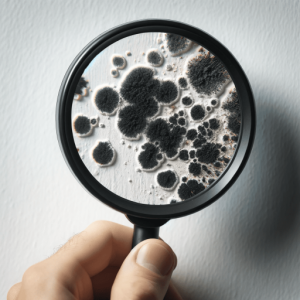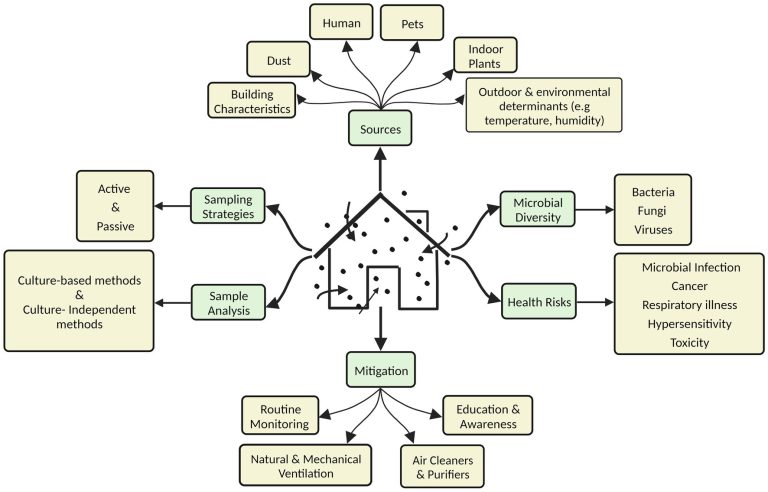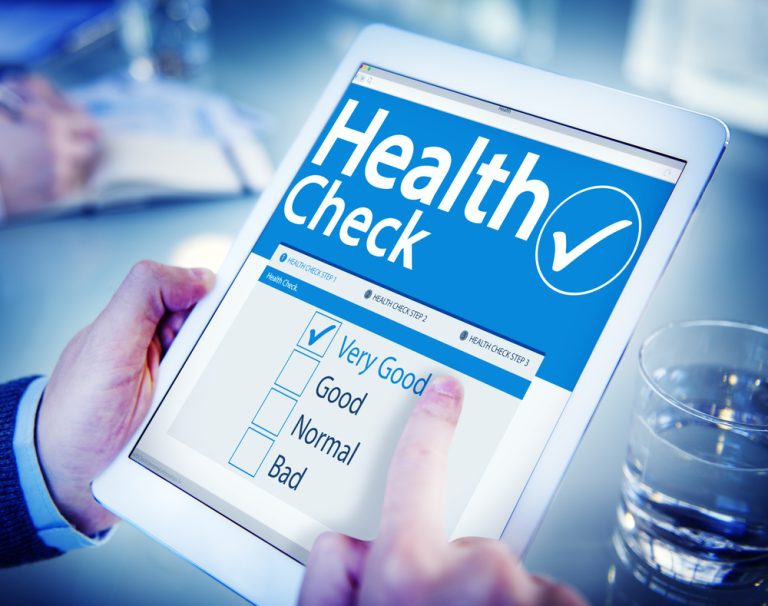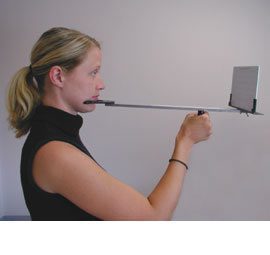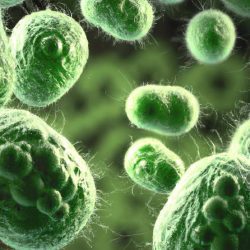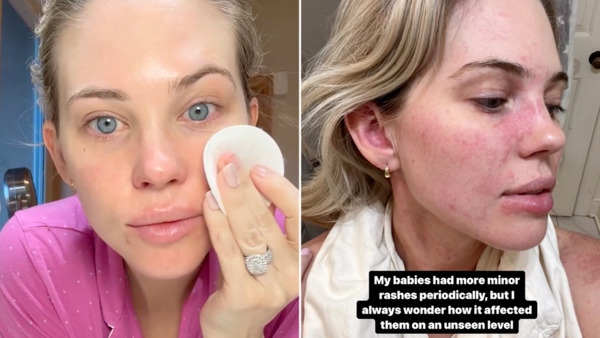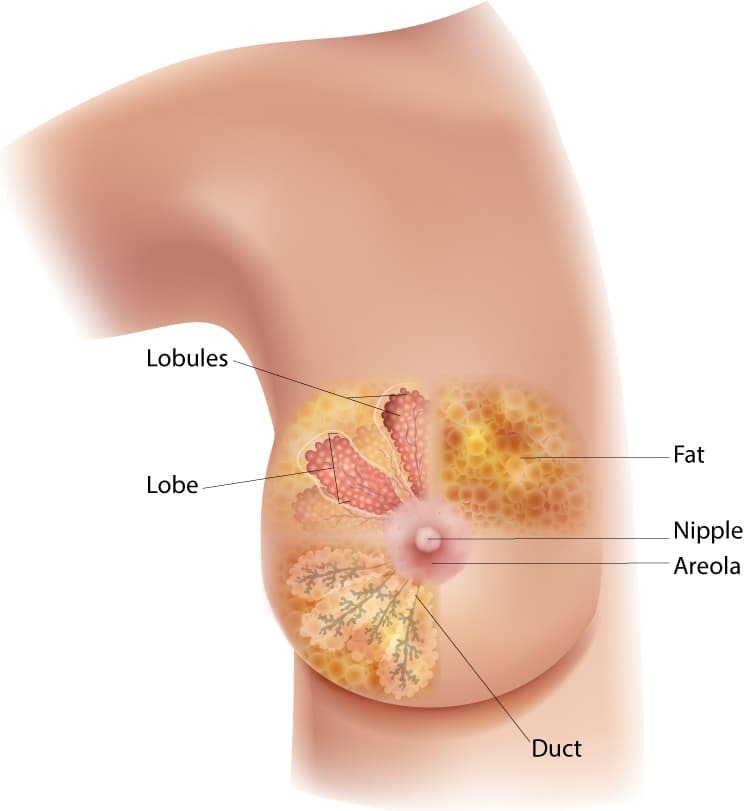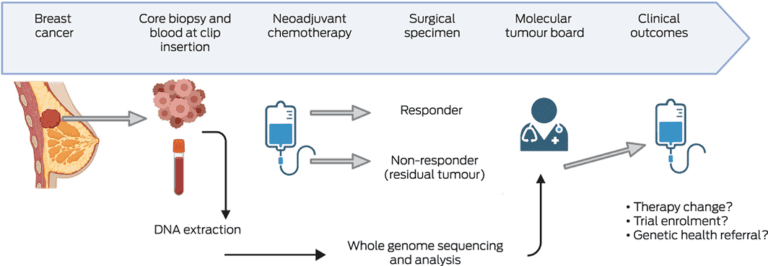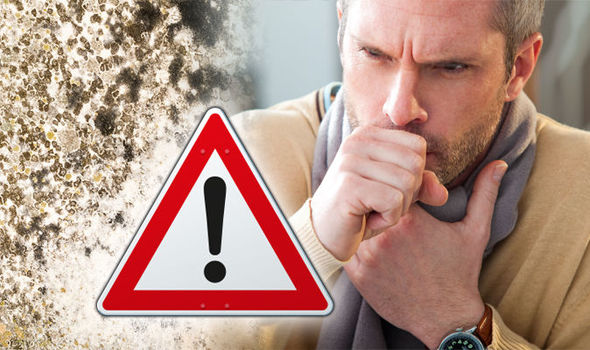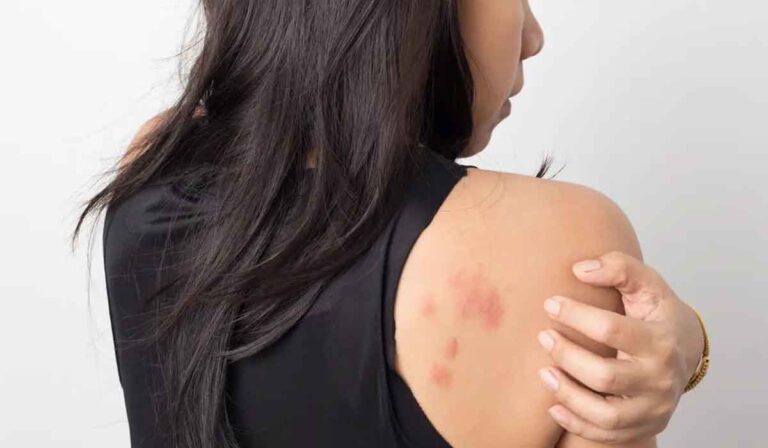- Why Mycotox?
- Services
- Health Triggers
- Health and Remediation
- Symptoms of Mould and Bacterial Exposure
- Mould, Bacteria And Alzheimers
- Mould and Bacteria Health Risks
- Mould, Bacteria And Skin Irritation
- Mould and Parkinson’s Link
- Mould, Bacteria And Musty Odours
- Mould, Bacteria And Mental Health
- Mould, Bacteria And Indoor Air
- Mould, Bacteria And Headaches
- Mould, Bacteria And Eye Issues
- Mould, Bacteria And Dementia Link
- Mould, Bacteria And Cognitive Issues
- Mould, Bacteria And Chronic Fatigue
- Mould, Bacteria And Cancer Risk
- Mould, Bacteria And Breathing
- Mould, Bacteria And Breast Cancer
- Mould and Bacteria Related Skin Conditions
- Causes of Mould and Bacterial Exposure
- Mould, Bacteria And Temperature
- Mould, Bacteria And Refrigerator Leaks
- Mould, Bacteria And Poor Ventilation
- Mould, Bacteria And Organic Matter
- Mould, Bacteria And Natural Disasters
- Mould, Bacteria And Lack Of Sunlight
- Mould, Bacteria And Hvac
- Mould, Bacteria And Humidifiers
- Mould, Bacteria And Improper Cleaning And Maintenance
- Household Plants And Mould, Bacteria
- Mould, Bacteria And Garbage Disposals
- Mould, Bacteria And Improper Storage Of Firewood
- Mould, Bacteria in Fireplaces and Chimneys
- CIRS
- Resources
- Shop
Mycotox
Mycotox investigative mould and bacteria inspections.
- Why Mycotox?
- Services
- Health Triggers
- Health and Remediation
- Symptoms of Mould and Bacterial Exposure
- Mould, Bacteria And Alzheimers
- Mould and Bacteria Health Risks
- Mould, Bacteria And Skin Irritation
- Mould and Parkinson’s Link
- Mould, Bacteria And Musty Odours
- Mould, Bacteria And Mental Health
- Mould, Bacteria And Indoor Air
- Mould, Bacteria And Headaches
- Mould, Bacteria And Eye Issues
- Mould, Bacteria And Dementia Link
- Mould, Bacteria And Cognitive Issues
- Mould, Bacteria And Chronic Fatigue
- Mould, Bacteria And Cancer Risk
- Mould, Bacteria And Breathing
- Mould, Bacteria And Breast Cancer
- Mould and Bacteria Related Skin Conditions
- Causes of Mould and Bacterial Exposure
- Mould, Bacteria And Temperature
- Mould, Bacteria And Refrigerator Leaks
- Mould, Bacteria And Poor Ventilation
- Mould, Bacteria And Organic Matter
- Mould, Bacteria And Natural Disasters
- Mould, Bacteria And Lack Of Sunlight
- Mould, Bacteria And Hvac
- Mould, Bacteria And Humidifiers
- Mould, Bacteria And Improper Cleaning And Maintenance
- Household Plants And Mould, Bacteria
- Mould, Bacteria And Garbage Disposals
- Mould, Bacteria And Improper Storage Of Firewood
- Mould, Bacteria in Fireplaces and Chimneys
- CIRS
- Resources
- Shop
Latest
Actinomycetes
Infographic describing actinomycetes as soil-dwelling bacteria with branching filaments, important for decomposing organic material and making antibiotics; contrasts with cyanobacteria, which are photosynthetic, live in water, can form harmful blooms, and are sometimes called ‘blue-green algae.’ Both produce earthy-smelling compounds like geosmin but are otherwise very different and only distantly related.
Environmental Endotoxins, Neuroinflammation, and Long-Term Vulnerability
Table of Contents
AbstractLipopolysaccharides (LPS), potent endotoxins from Gram-negative bacteria,...
Lipopolysaccharides (LPS) Explained: The Key to Bacterial Defense and Human Inflammation
What Are Lipopolysaccharides (LPS)?Lipopolysaccharides (LPS)—also referred to as endotoxins—are...
Popular
Mould, Bacteria And Neurological Disorders
Neurobehavioral and pulmonary impairment in 105 adults with indoor...
Mould And Bacteria Related Skin Conditions
Rashes & Mould Related Skin Conditions
Many symptoms and human...
Mould, Bacteria And Skin Irritation
Got unexplained rashes that just won't budge? Mould exposure...
Sitemap
- Why Mycotox?
- Services
- Health Triggers
- Health and Remediation
- Symptoms of Mould and Bacterial Exposure
- Mould, Bacteria And Alzheimers
- Mould and Bacteria Health Risks
- Mould, Bacteria And Skin Irritation
- Mould and Parkinson’s Link
- Mould, Bacteria And Musty Odours
- Mould, Bacteria And Mental Health
- Mould, Bacteria And Indoor Air
- Mould, Bacteria And Headaches
- Mould, Bacteria And Eye Issues
- Mould, Bacteria And Dementia Link
- Mould, Bacteria And Cognitive Issues
- Mould, Bacteria And Chronic Fatigue
- Mould, Bacteria And Cancer Risk
- Mould, Bacteria And Breathing
- Mould, Bacteria And Breast Cancer
- Mould and Bacteria Related Skin Conditions
- Causes of Mould and Bacterial Exposure
- Mould, Bacteria And Temperature
- Mould, Bacteria And Refrigerator Leaks
- Mould, Bacteria And Poor Ventilation
- Mould, Bacteria And Organic Matter
- Mould, Bacteria And Natural Disasters
- Mould, Bacteria And Lack Of Sunlight
- Mould, Bacteria And Hvac
- Mould, Bacteria And Humidifiers
- Mould, Bacteria And Improper Cleaning And Maintenance
- Household Plants And Mould, Bacteria
- Mould, Bacteria And Garbage Disposals
- Mould, Bacteria And Improper Storage Of Firewood
- Mould, Bacteria in Fireplaces and Chimneys
- CIRS
- Resources
- Shop
© 2022 All Rights Reserved.
